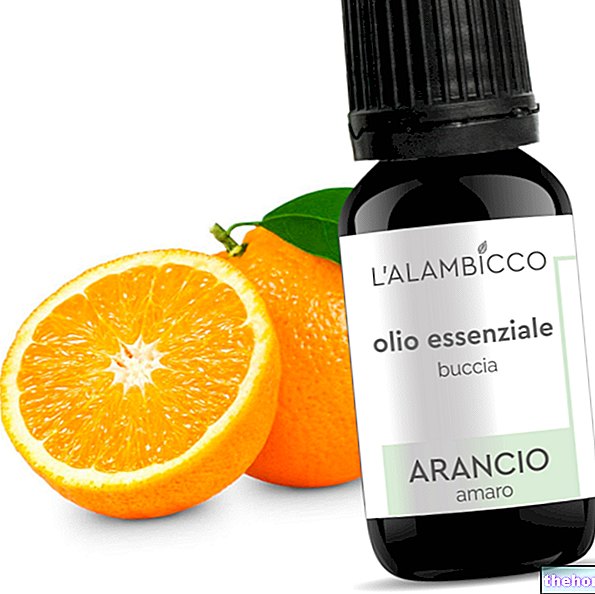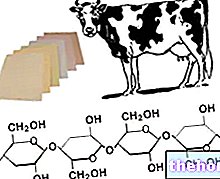Licorice, that is Glycyrrhiza glabra, plant of the Leguminosae, cultivated in Italy, Turkey, Spain and Greece, of which the roots and the stolons (stems) are used. The drug is dried on racks in fragments generally of 15-20 cm; it has a bark characterized by evident scars, left by the secondary roots that must be eliminated and leave yellow marks, as well as yellow is the internal part. Licorice is a drug with an initially very sweet and particularly intense flavor, determined by the saponin glycyrrhizin, in particular by the aglycone. To determine the sweet taste in this triterpene molecule is precisely the association of several chemical functions, which interact in a way particularly with the lingual and jaw receptors. The sweet taste of licorice is used in herbal medicine to sweeten herbal teas and make them more palatable. This property is very interesting because it allows you to sweeten products and herbal teas even for diabetic patients, who have difficulty in taking sweeteners in sugary form. Licorice, therefore, is used in the herbal field as a simple flavoring; glycyrrhizin, however, also has other properties: anti-ulcerogenic (protects the gastric mucosa from inflammation and prevents the onset of ulcers) and expectorant. The problem of licorice is always linked to saponins, which at the same time create a saline-type decompensation, especially in those people who make extensive use and consumption of licorice, or vice versa, who already have a pressure decompensation and take this drug. The hydro - saline balance determines the stability or alterability of blood pressure, simply through an osmotic mechanism; in particular, licorice favors the elimination of potassium and the increase of blood pressure, which is why in hypertensive subjects the administration of licorice through herbal products must always and always be measured. Licorice also contains flavonoids that can have choleretic and cholagogue properties, referring to liver function and primarily to the gallbladder; in particular, they refer to the capacity of biliary secretion in terms of quantity of bile, and to the capacity of biliary secretion in terms of contractility of the musculature that surrounds the entire gallbladder. Licorice also has mildly laxative properties, linked to a " irritant of saponins on the intestinal tunic.
Other articles on "Licorice - glycyrrhizin"
- Saponins
- Pharmacognosy
- Horse chestnut and ivy to strengthen the capillaries




























